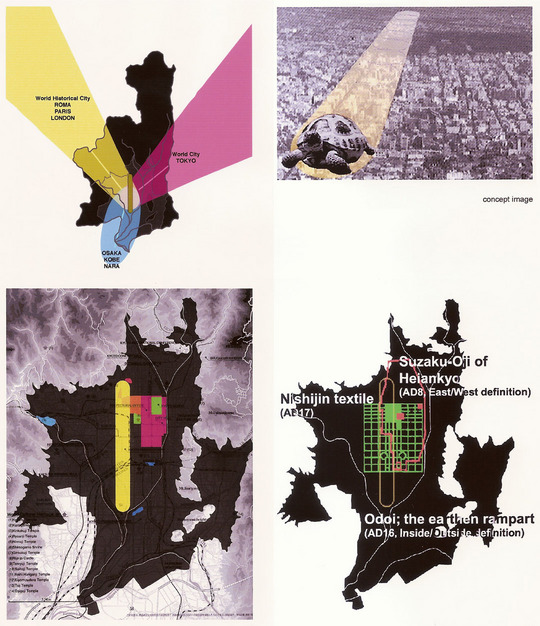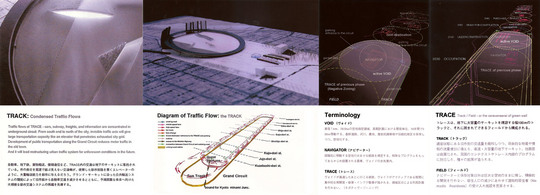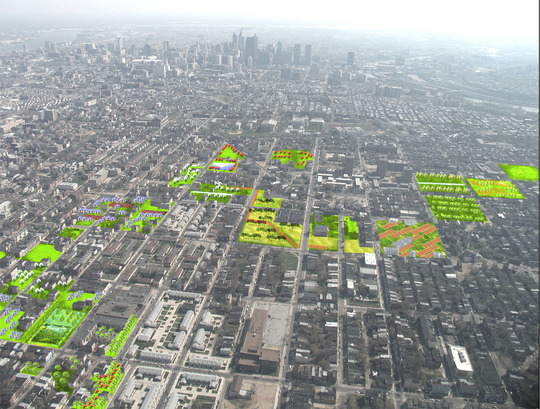Title: Flux Town Atami
Year: 2009
Site: Atami, Shizuoka Pref.
Collaboration: Souhei Imamura, Masaki Onishi (mosaki), Motoko Tanaka (mosaki)
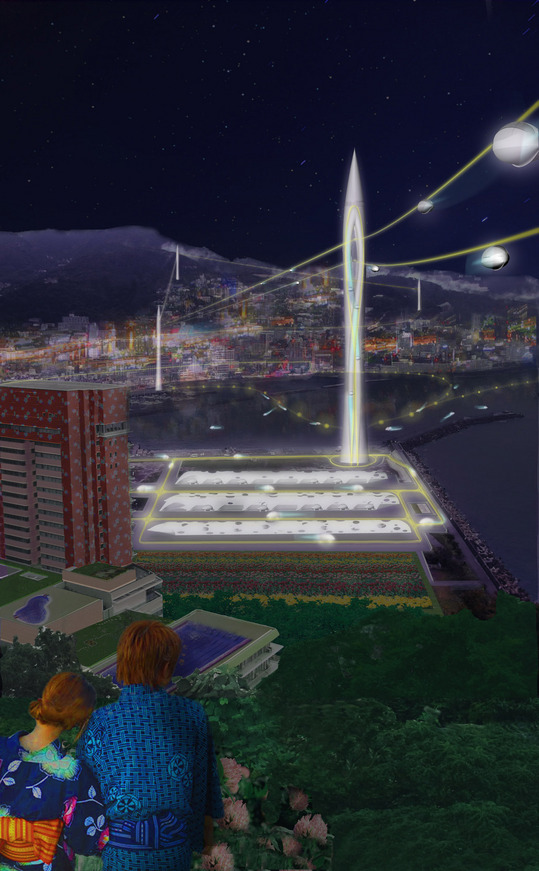
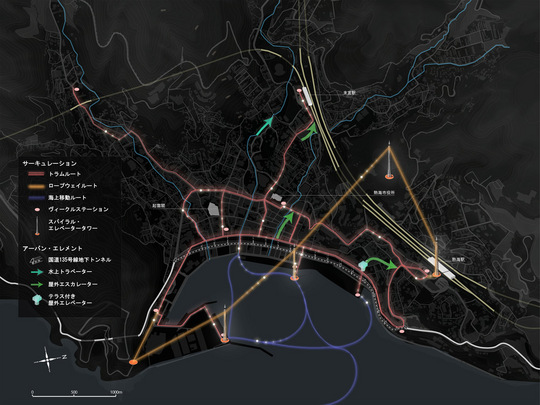
ATAMI2020
Atami city is one of the representing traditional tourism spot as a hot spring resort in Japan. This city is well known as a health resort; and it was famous as a honeymoon spot and worker' s vacation spot during the 1950's. However, this city has lost its vitality, and this place became no longer the famous visitor spot. Furthermore, this suburban city is facing a crucial issue of aging society, declining birthrate, and also decreasing the number of population in the city. In this research, our team used the keyword "flux" , which implies fluid, to help us visualize Atami City in 2020. This flux-town represents the city that one can conveniently circulates through the space without been constrained by its existing buildings and its mountainous landscape. Thus, this flux-town contains its potential of continuing to develop Atami' s transitions and the city can still maintain the important historical buildings, environment, and infrastructure.
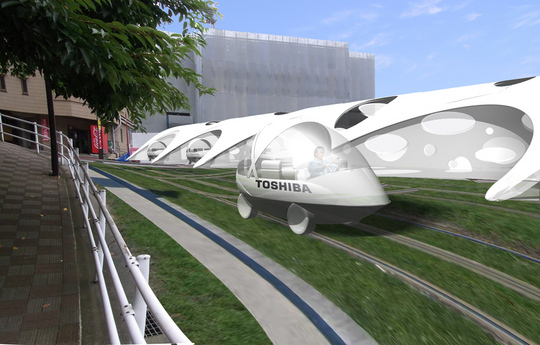


Sharing-Vehicle
There are numerous needs for elders and visitors that needed to be accomplished, since this area is sandwiched by mountains and the ocean. Thus, our team is proposing the vehicle that can be fit into this friendly city. The public transportations in flux-town is the "SV (sharing vehicle)" that has multi-functional system to transit on the land, the ocean and in the sky to connect to various visitor spots in Atami. The size of SV is 4,350mm length, 1,900mm wide and 1,650mm tall. It is just one size bigger than ordinary auto-mobile. This oval shaped vehicle smoothly blends into the surroundings. SV contains 4 types of transition: one is a tram mode, which SV transits on the rails; second is an auto-mobile mode, which SV freely rides through the city; third is a rope-way mode, which SV flys across mountainous landscape; and lastly, a boat-mode, which SV rides through Atami Bay. Spiral tower/elevator simultaneously connects transportation between sky and ground. One can get on the SV on the street; also one can check the location of free SV on your headphone, and call free SV to your location. SV transports small number of people and this will be "network-type personal transits" . This flexible transportation system will push pedestrians' and city' s potential to its limit.

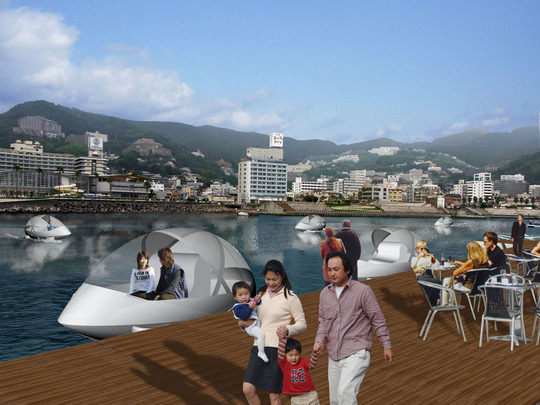
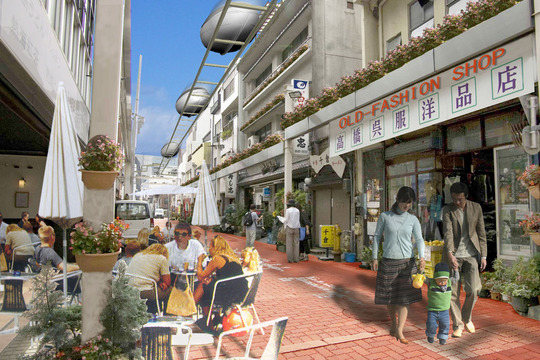



Fluid Atami
The radius of central area of Atami city is approximately 2km. In relatively compact city case, the PRT (personal rapid transit), which can transport small number of people, functions efficiently than traditional LRT (light rail transit). This might be proven by a public transportation system called, "Ultra-Personal Pod" in London Heathrow airport. We have integrated this PRT to the next level by incorporating 4 types of transition systems; and allowed existing people, people living in villa and visitors to share the PRT. This flux-town will change the existing un-convenient transportation of Atami that relies on taxi into flexible transition in the city for many users. The SV will be the new way to experience and investigate through the city. The existing building and infrastructure will be reserved; and there will be another layer of the transition grid on top of it. SV will be the new way of investigating the city for many users. This flux-town Atami incorporates futuristic sharing vehicle to accomplish the planning of revitalization of the district with non-full reconstruction of the city.
There is a more detailed explanation of this project on the Toshiba Elevator Corporation' s website. Please click on "FUTURE DESIGN" ( Magazine) on the bottom - right on the page .
http://www.toshiba-elevator.co.jp/

